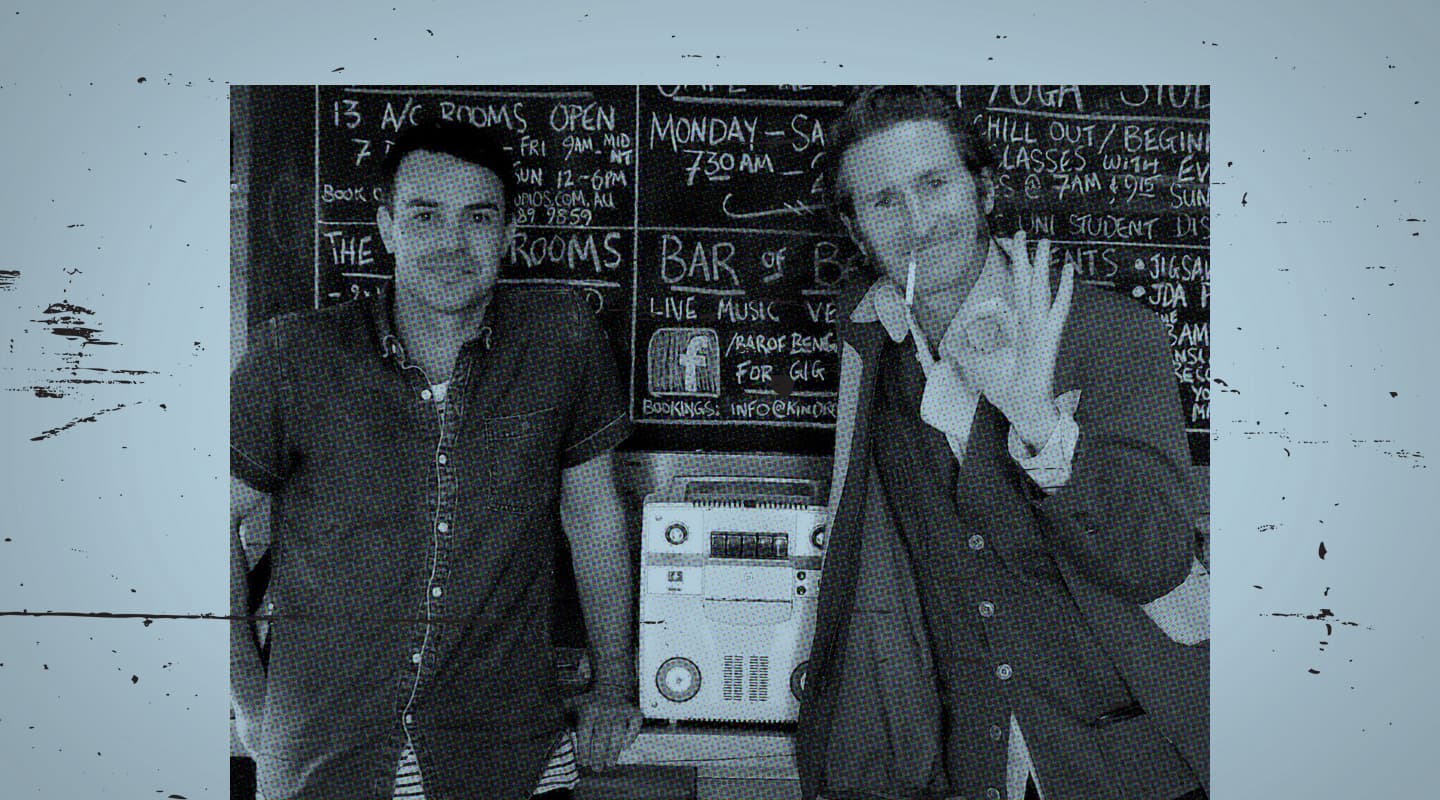
A Prettier Kind of S**tty with The Bamboos & Tim Rogers
The Bamboos’ Lance Ferguson and producer John Castle have moved beyond Gabriel Roth’s Shitty is Pretty funk recording methodology. But haven’t lost any soul along the way.
21 albums in and The Bamboos’ main man Lance Ferguson and producer/engineer John Castle are only just getting on the same page. Sonically, the two are peas in a pod, having worked on every Bamboos record since the band’s debut, and a host of other projects. But until this year — when Lance downloaded Logic Pro X from the app store — the two have been in opposing DAW camps.
There were good reasons, John had been on Logic since day dot, “Back in the PC days of dongles, when it was about two grand.” And Lance just couldn’t let go of Cubase, where he could sprint through high pressure situations instead of floundering in the deep end.
It was a workable, but inconvenient position for the pair, who are basically in each other’s back pockets during the production process. Considering they were already working primarily in-the-box and running the same plug-ins anyway, they may as well have been lugging cartons of reel-to-reel between Lance’s home and John’s studio, The Shed.
Not that tape is frowned upon by either. Early on, Lance was a soldout convert to Gabriel Roth of the Dap Kings’ sneering Shitty is Pretty manifesto. The smack-talking articles, about culturing a heavy funk 45, threw down over analogue tape, Ghetto ’verbs and a healthy distaste for modern studio processes. For someone trying to write and record soul music, Shitty is Pretty was like a Southern Baptist preacher sermonising a gospel of funk. And John, well he started out on tape. His guitarist dad helped him kit out the family’s back shed, the same one he’s still in now, where he recorded jazz demos for locals on his little Teac 3440 four-track machine.
But when you’ve only scheduled three weeks to turn Lance’s pre-production demos into mixed album tracks, a whip-cracking workflow is crucial. “It usually takes a week to track everything, which includes rhythm section, keys, horns, vocals, strings,” said Lance. “A week or two of putting it together, and a week to bust some mixes out.”
LOOP FROM THE START
So Lance is finally taking the plunge into Logic, because John’s sure as heck “not going to Cubase.” And there are some aspects he’s already gelling with, “like Apple Loops, which is great for writing songs.” It’s similar to how most Bamboos tracks have gotten off the ground anyway, where he’ll sample an old break from his vinyl collection and use it as the underpinning groove. The caveat, of course, is that “by the time we hit the studio, I’m so hooked on that sound that I’m trying to recreate it.”
Initially, recreating vintage soul and funk was exactly what The Bamboos was all about. Lance and John started out aping Roth’s Shitty is Pretty aesthetic as much as possible. It’s hard to argue with such an opinionated godfather of modern funk, especially when he’s spelling out the inside track with lines like, ‘I guarantee that you can get a better drum sound from one $20 Radio Shack mic in your garage than you ever will with a $5000 U-47 in a $300/hr ‘professional’ studio.’ He draws a pretty hard line. But over time, things have changed.
“We started out as a four-piece, The Meters-type instrumental band,” said Lance. “We’ve got eight members at the moment. The music has changed so much over the years, but one thing that’s remained a constant since 2000 is recording at The Shed. And the recording quality has evolved, because John’s equipment and concept of sound has changed over that time too,” said Lance. “We realised there was a lot more flexibility to be had, sonically and editing-wise, going into Logic.”
“After a while we just went to tracking entirely in the workstation,” said John. “And then ran out mixes to the tape machine off the sync heads. Which is the purposefully shitty sound of those records.”
“Tape really went out of the picture on the last three albums,” said Lance. “We found we could just emulate it. It’s really easy to put yourself in a box and have a purist’s mindset that you have to record it on tape, like we were in the initial stages. But I just wanted the band to be more progressive and not a time capsule.”
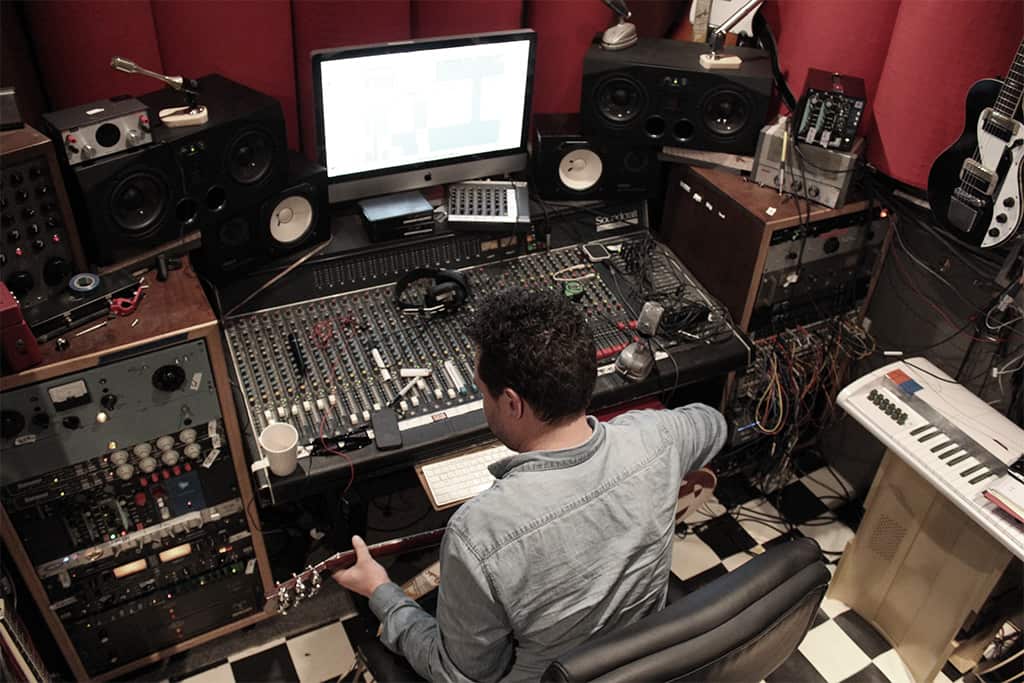
WHEN IT’S HOT
The recording shift is reflected in The Bamboos’ musical development. The last album Fever in the Road was an in-house vocal effort, and moved the band the furthest away from three-chord funk standards The Bamboos had been. Lance: “I was more interested in Beck, Stereolab and Tame Impala, and the way they have a nod to those genres, but in a way that’s current.”
“There’s still a definite nod to that sound,” said John. “Some of the EQ curves on drum mics can definitely evoke a sound of the ’60s. It’s also about using a lot of darker ’verbs and plates. But that doesn’t have to mean it’s all limited mid range honk with no bottom or top end.”
Previous to that album, The Bamboos had recorded their most collaborative record yet, Medicine Man, with vocalists including Aloe Blacc, Megan Washington, Daniel Merriweather, and You Am I frontman Tim Rogers on the track I Got Burned. That particular song was really an afterthought, written after the rest of the album had been mixed because Lance felt the album was missing something. And, as fate would have it, I Got Burned became their biggest hit to date.
Since then, Lance and Tim have worked on a TV show together, where Lance was the Musical Director and Tim the host. There was the tour too, the ‘Rock ’n’ Soul Medicine Show’ travelling circus. “It really just made sense to get in a room and write together,” said Lance. So they started working on a new album from Tim Rogers & The Bamboos, called The Rules of Attraction. “I had all my gear set up at Kindred rehearsal studios in Yarraville, then I moved here [his house in Footscray] and worked on a bunch of ideas for him to spend some time with, before getting together for a two-week block to finish it.
“Once we had 15 or so strong concepts we were happy to move forward with, Tim went to town working on lyrics. Tim is a real poet, a lyricist of incredible depth. It was inspirational to see the stories he had weaved around the music I’d come up with.”
The music has changed so much over the years, but one thing that’s remained a constant since 2000 is recording at The Shed


DEMO-ITIS COME GOOD
The demos Lance sends vocalists are typically complete arrangements — minus the vocals — with middle-eights and choruses set out. By the time he brings those into The Shed, he’s already recorded vocals at home through his Neumann U87ai, into an Avedis MA5 preamp and Metric Halo interface; and has his guitar parts pretty well dusted. On the new album, about half of the vocals were kept, with some lyric and vibe changes responsible for the remaining redos.
For those redo vocals, John’s got an old Neumann CMV-563 with an M7 capsule he’ll often put up as a first port of call. But going straight for the cream of his crop doesn’t always work out. “I was doing a Gosling record,” recalled John. “And put her on that mic and it sounded like someone had put a doona over her head. I’ve got two Groove Tubes MD1A condensers, I call one ‘honky’ and the other ‘hi-fi’, because I think one’s not quite right. Strangely enough, the honky one sounded clear as a bell in front of her. Voices are really weird.” If neither of those are working, he also has a whole system of Blue bodies and capsules, all usually going through a Vintech preamp, and the Distressor and Retro Double Wide compressors.
While he typically plays a Gibson 335 live, Lance recorded his guitar parts mostly with a ’62 Gibson ES-125 TDC strung with flat wounds because “it’s got that honky, spanky sound on the middle pickup position.” And a Fender Jazzmaster, “because it’s got a bit more of an anonymous tone.” When he’s at home, even though he’s got a handful of Fender valve combo amps to choose between, he records his guitars straight into the box via the DI on his Heritage Audio HA73 Jr 500 series Neve preamp clone, with a bit of Guitar Rig and Waves stompbox plug-in emulation. “I’m always assuming we’ll re-record those,” said Lance. “But when we get in the studio, it’s fine. Some got re-amped internally, never physically. I’m not a purist, as long as the guitar tone is right for the song.”
“If Lance is doing a demo to a drum loop that’s restricted in its frequency range, that ends up guiding him,” explained John. “So sometimes if he’s using a thinner sounding drum loop, often his guitar is relative to the existing tone. Plus, I didn’t want to redo them. You just need someone to tell you it’s okay.”
“It’s like morale counselling in the studio,” agreed Lance.
“Choosing between 50 old amps is just time we don’t have,” added John. “And I’m not sure we’d get a hugely different result. I DI a lot of the guitars through this old Rola preamp, because it’s got a great tone to it. And if you muck around with those amp simulators, you can get some great results. Especially if you get the compression levels and tone right.”
MIC REFLECTIONS
If they learnt anything from Roth, it’s that more isn’t necessarily better. So while they’ve departed from a strictly limited microphone diet for drums, it’s for options — not endless ones… the right one. John might put 12 mics up around the kit, but when it comes to mix down, he’ll usually only go with a handful of them. “Sometimes you can do it with just one mic — a ribbon on the floor so it picks up the kick and the bottom snare rattle for that Motown sound. Maybe I just want the ribbon in front of the kit, with one overhead, kick and snare. Or I can go a little bit more hi-fi and bring other mics in. Lately, Lance and I have been trying to make the bottom end a little more modern,” said John. “I just put up all the mics because we’re trying to work quickly, so if Lance wants some more kick or snare later, we’re not limited too much.”
Though Roth says ‘any shitty drums will do’, both John and Lance reckon that a lot of those old soul sounds are mostly a conflation of two factors; an old jazz kit — smaller 18- or 20-inch kicks and a high-tuned snare — with a lighter-hitting drummer playing a back beat. “The drums ‘speak’ a lot better,” said John. “It’s really hard to make great sounding soul without a bit of ring in the drums — double heads on the kicks, muting stuff down, using lighter skins, and higher tuning. Cymbals are really important too. Heavy modern hi-hats become a real problem because they bleed into everything else. Using one mic can be fine, but if the drummer isn’t mixing themselves as they’re playing you’re not going to have a chance in hell of letting the rest of the drums speak. You must pick a mic, compress it, and put that in their cans so every time they hit the hats or ride they feel what that’s going to sound like later; they can play to that.”
For mixing that soul sound, John uses a lot of in-the-box mashing. “A lot of the SoundToys Devil Loc and some of the API 2500 plug-in to bring excitement. And, of course, Decapitator is great. I used to set up chains like that in the old days, now you can just muck around with the tone controls and Thump switch. A lot of that soul sound is lumps in the bottom, and the tops rolled off, but pushed.
“Though it depends on what the bass is doing, and the key. If someone’s playing higher up on the bass, it’ll naturally sit on top of the kit. If you’re playing around the low E or G area, that’s when you get a lot of 100Hz fight between the kick drum, and you have to pick what’s going to take up that space.”
Lance: “Sometimes we’ve scooped the kick out and put a 909 kick underneath.”
John: “I don’t want that clarity, I’m not recording at 96k. A lot of the time I’m cutting top end from 15kHz because I don’t necessarily want that air in there. The drums are often in mono too, which leaves a lot of room for other instruments. You can get rid of the 3kHz area too, so the vocals can sit on top of the drums and still be loud and present.”
Sometimes you can do it with just one mic — a ribbon on the floor so it picks up the kick and the bottom snare rattle for that Motown sound


STRUNG OUT
With drums, bass and vocals taking a lot of the middle, John uses the strings and horn section to create width in the stereo image. Which plays nicely into how the parts are recorded.
John: “Ross Irwin does our string arrangements. He’ll usually have two parts — for cello and violin — and we’ll record three versions of each. I’ve mucked around with changing mic positions between takes, but found once you combine takes from the same position, put an overall ’verb on top and pan them hard left and right, the phasing isn’t too bad.
“I used an AKG C451 on the violins, which is a super bright mic, but it works because the instruments have nice warm tones. The cello might have the Neumann with the M7 capsule on it, and a ribbon as well. That way, I can go all ribbon for really dark, a bit of both, or all condenser if I need to shine it up a little bit.
“If you’ve got the same trumpet player playing two lines, you really have to separate them left and right, and get rid of the phasey, chorus-y kind of tone you can get.
“I change the mic I use all the time, because I think about it a lot and I’m obsessed with it. The last few records I’ve just been using a couple of Sennheiser 421s on the saxes, and a Sony C38 condenser on the trumpet. I’ve gone back to dynamics, because they’re a bit more limited in frequency range, and the 421s have a nice bite to the front end. If you use all large diaphragm condensers, it brings in a lot of room sound when you compress them, which can be a problem. Horns are really dangerous to compress, because they start sounding a bit quacky. Because those guys play so well together, we haven’t done any horn editing, and I try to get the record levels so I can leave the faders flat and put a little bit of compression over the bus.”
EARS FOR IT
When it comes down to the last week, John doesn’t mix with a ‘set faders to zero’ approach. He’s tried it, and says he always seems to end up back where he started. From the very first recording, he’s already trying to give each instrument its own place. “I know what I want, I just have to go and get it,” he said.
It’s also why he doesn’t send a lot of channels to the same reverb or delay, most instruments are grouped to their own bus with its own reverb applied as an insert. John: “The drums might have a plate on them, but they’re upfront, with horns and strings further back.” He loves Valhalla Vintage Verb, it’s the right kind of dark, he says, “I don’t want to hear any zing from any reverbs. I don’t want to hear any ‘s’ followed by anything else. I’m trying to suggest emotional responses in each song, and you can do that with the right ’verbs and EQ curves.”
The final pair of ears in the line belong to Brian Lucey, who’s mastered The Black Keys, Arctic Monkeys and Beck. While both have an appreciation for the mastering engineer’s role, John is also conscious of the role his bus processing plays in the final sound. John: “I think the bus sound is an important part of the mix, and I don’t necessarily want to rely on the mastering engineer for those things. I’ve been using the Waves Puigchild, I’ll touch that by a couple of dB at the fastest release. And then I’ll use the SSL bus comp from Waves as well. Different music needs different compression. But I’m typically not looking for an open jazz sort of sound, I’ll want things contained.”
Lance has complete trust in John’s ears and the decisions he makes. The pair have been inseparable from the beginning of the Bamboos and for the last three albums, he’s been credited as a co-producer. “Having John’s ears and musical approach involved on a creative level is invaluable,” reckons Lance. “He has golden ears and also a built in BS-detector I regard as second to none.”




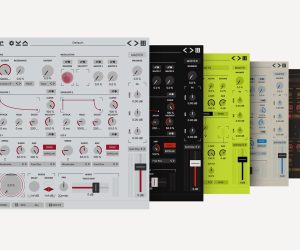
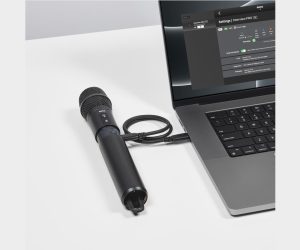
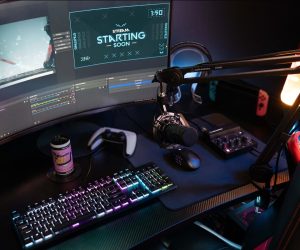
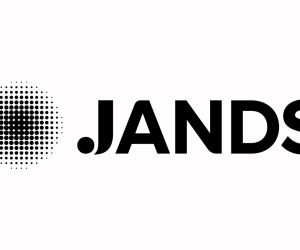
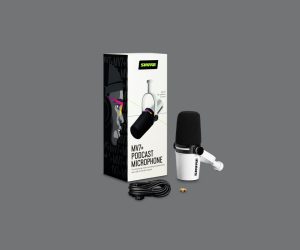
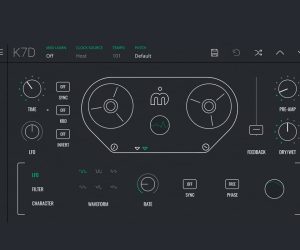
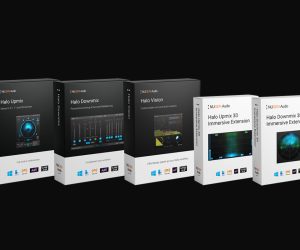
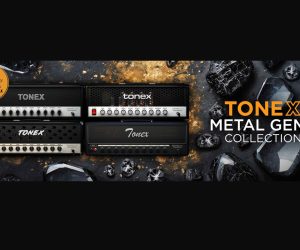

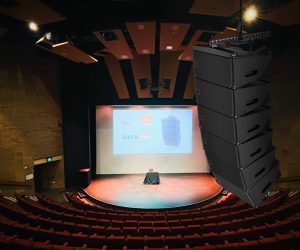



RESPONSES